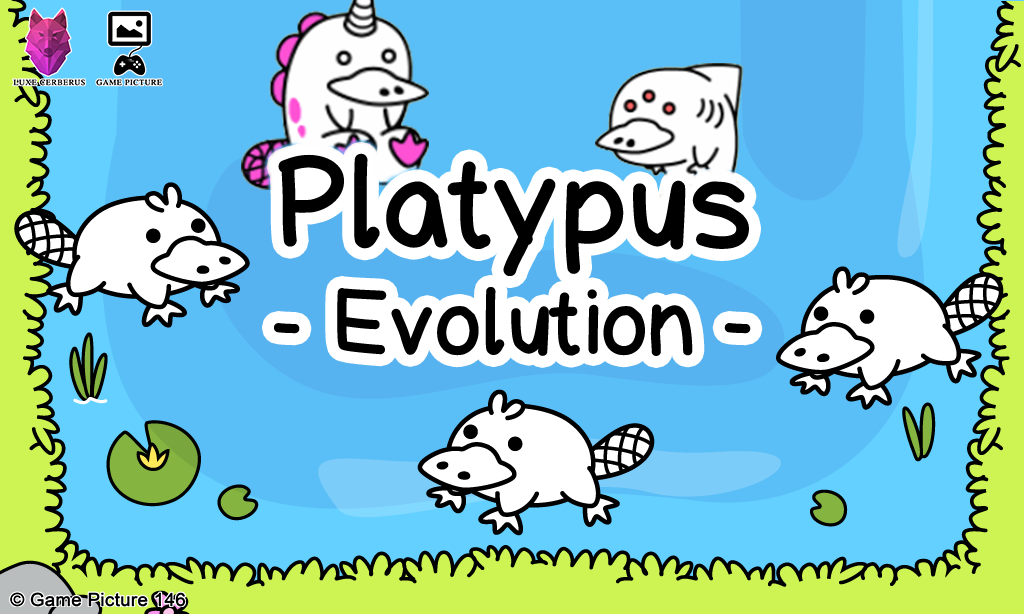

A beaver’s tail is covered in scales, is flattened, and propels the rodent through the water when swimming. As with its other features, upon closer inspection, there are as many differences as similarities. While in the water, the back feet are tucked into its body and hardly used at all.Īnother pronounced platypus attribute is its beaver-like tail. Unlike an otter, however, the webbing is far more pronounced on the front feet of the platypus, which it uses like paddles for swimming. Then there are the webbed feet, similar to those found on otters. No other mammal has a sensor so highly developed-in fact, only one other mammal has this ability at all. Not a nose, but a highly sensitive electrolocation sensor, detecting miniscule electrical impulses generated by its food source of small crustaceans and worms. It is actually a well-designed sensory organ. On cursory examination, the platypus has a bill that most resembles that of a waterfowl, not the mouth of any known mammal.

Physically, it appears to be a hybrid blend of a bird, beaver, reptile and otter, with additional characteristics not contained in any of these four!

The platypus looks like no other creature on Earth. With the passing of time, they were continually baffled by this mammal-as are scientists today. Yet, as the creature was studied, researchers found it possessed some surprising attributes. In time, it became a darling of evolutionists. Much to the embarrassment of the scientists, this remarkable creature was determined to be real. One scientist actually used scissors to attempt to locate the stitches attaching the supposed duck’s bill to the furry mammalian body. The description was so extraordinary that, when the specimen reached Britain, it was immediately dismissed as a fraud. This likely was the thinking of evolutionists when they first applied the theory to the duck-billed platypus.īut the mammal’s story began much earlier in 1798, when an artist’s sketch and pelt were sent from Australia to Great Britain describing an exceptional new find. It has the features of a reptile, bird and mammal-all in one small, furry package. This time the discovery is not just a bone fragment, or partial fossil-as is often the case-it is a living, breathing creature. But this ground-breaking discovery has solved their woes. No longer will these experts be peppered with constant questions: Why are there so many gaps in the fossil record? Why do we not see transitional animals today? When did birds, reptiles and mammals evolve from a common ancestor? How exactly did it happen?ĭay after day, evolutionists are faced with seemingly insurmountable hurdles. It has happened! Evolutionary scientists rejoice!Ī creature has been discovered that connects all the pieces and is truly the “missing link.” While similar stories have ended in disappointment many times before, this is finally the one!
#Platypus evolution quackzoid for free
Subscribe to the Real Truth for FREE news and analysis.


 0 kommentar(er)
0 kommentar(er)
